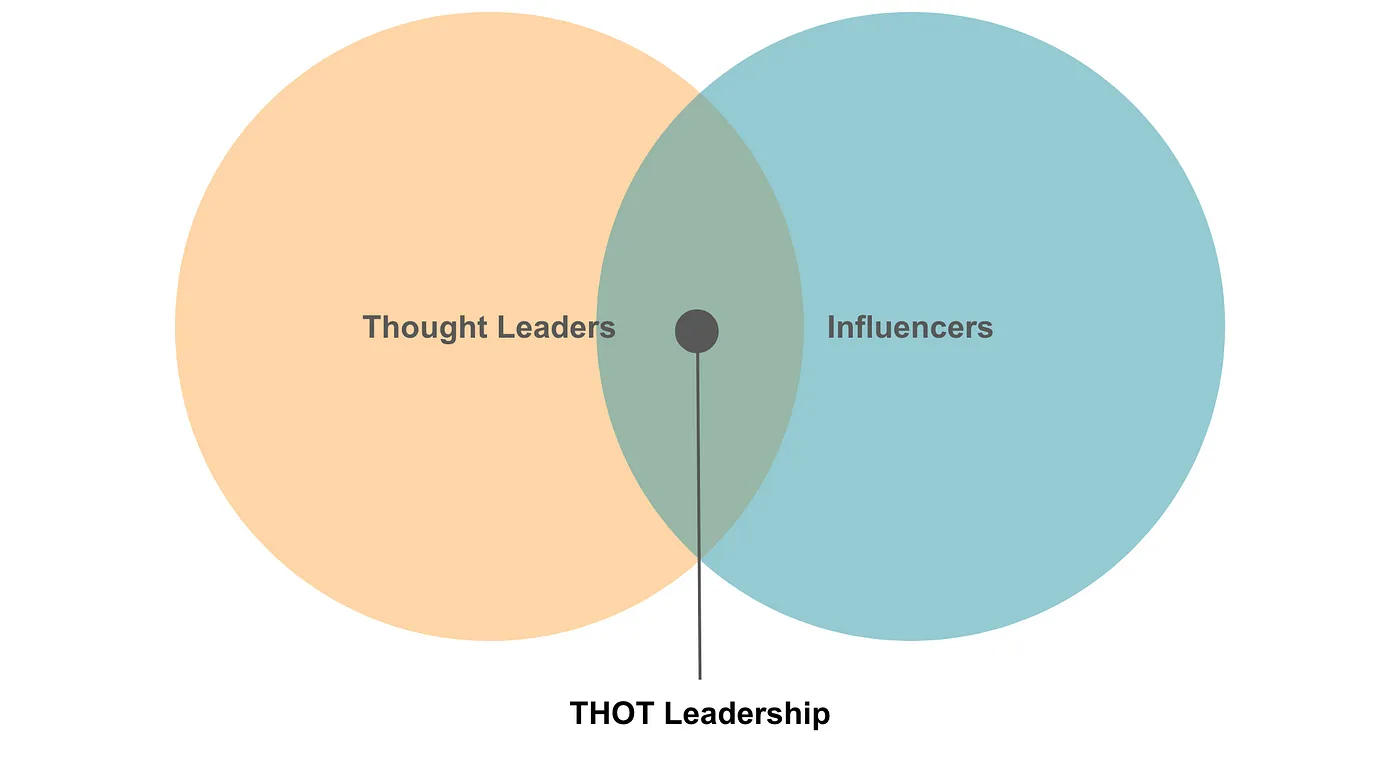We’ve all seen it. Our LinkedIn and Twitter feeds are exploding with wannabe Simon Sineks and Seth Godins. Everyone has seen how “thought leadership” can enhance their corporate (or personal) brand, and they want in.
Codeword has been in this space for years, managing the social channels and content programs for companies, executives, VCs, startup founders, and so on. In a sense, marketers like us are partly to blame. But what was once a regular, focused effort to promote the positive effects of investing in thought leadership to our clients, has become a series of strategic, frank conversations about whether thought leadership can actually do anything for them, or for those they lead.
Does thought leadership work as a marketing strategy?
It can. Thought leadership can enhance your personal brand as well as the reputation of your product or company. It can do wonders for supporting your content, PR, and marketing efforts. When done well, it can even take on a life of its own and end up informing and evolving the product or industry you’re in. But when everyone’s a thought leader, there tend to be a lot of thoughts shared, and very little leadership shown.
And it’s important to note that the space is crowded. It’s a packed cocktail party where everyone is talking about themselves, which makes it hard to get noticed, or to build a meaningful community. It will likely take more time, more budget, and more helpful insights than in years past.

Thoughtful leaders
And that’s the biggest challenge: Thought leadership fails when not enough thought is put into it. Corporate leaders and executives tend to want to focus on their ability to lead. Where they are, why they’re great, and what they work on. But these are the bare-minimum expectations of leaders. And anyway, self-serving success stories are boring.
If you’re exploring thought leadership as a strategy, chances are, you or your client is already a clear leader. There are years of experience, expertise, and skills that have come together to result in thought leadership being considered as a tactic. What makes a leader stand out is a unique point of view (POV), and how much thought has been put behind developing and sharing that POV. That means sharing real insights, lessons learned, the good and the bad. The best thought leadership content isn’t about self-promotion, it’s about providing value to the audience.
Thought leaders aren’t known for their products, their achievements, or their branding. They’re known and respected for their ideas, opinions, and beliefs.
A point of view is essential for thought leadership
The first step is always identifying and defining your own POV on the world and your industry, and ideally this comes easily to you — it’s what you’ve been working on and thinking about for years. The second step is figuring out how to communicate it. Thought leaders aren’t known for their products, their achievements, or their branding. They’re known and respected for their ideas, opinions, and beliefs. All of which, ultimately, inspire and instigate their audiences to action.
Is thought leadership worth it?
When deciding whether or not thought leadership is appropriate for your, your clients, or your company’s brand, take the time to determine whether there’s a unique POV to be offered. Even then, critically analyze whether that POV does anything to build branding and reputation, or to support other efforts. Because if not, you might want to focus that energy on thoughtful leadership instead.
Top thought leadership tropes
Are you guilty of any of these stereotypical thought leadership behaviors?
☑️ Your bio is written in third-person, even on personal social accounts
☑️ Your content always contains 2 or more buzzwords
☑️ More often than not, you turn those buzzwords into hashtags
☑️ You’ve shared a personal quote as a designed image
☑️ You’ve used stock images for your personal content
☑️ You have a content calendar template you like to use
☑️ You’ve had people ask what service you use to create your content
If you ticked more than one, you should probably reach out to Codeword for help.
